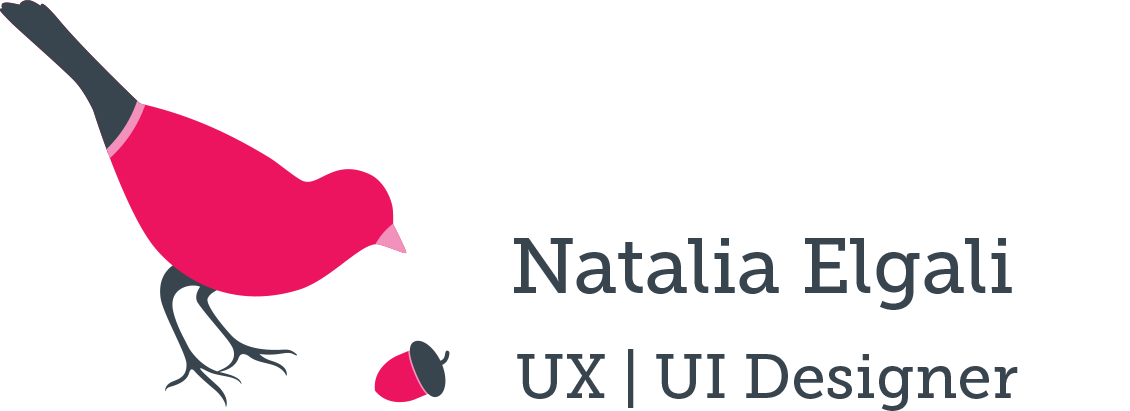This system compares and measures different types of insurance claims across various departments, calculating assessments of deposit amounts or claims amounts for a specified period, or payment types on claims with or without third party expenses. I was asked to design an interface where a manager can compare and measure different types of insurance claims in various company departments.
I designed a Dashboard for managers that displays an overall snapshot: total payments made to clients, case estimates, the current number of claims being processed, newly opened cases, and closed cases. Each type of claim was required to have an independent and clearly defined analytical area, whether as a part of a page, or as an entire page.
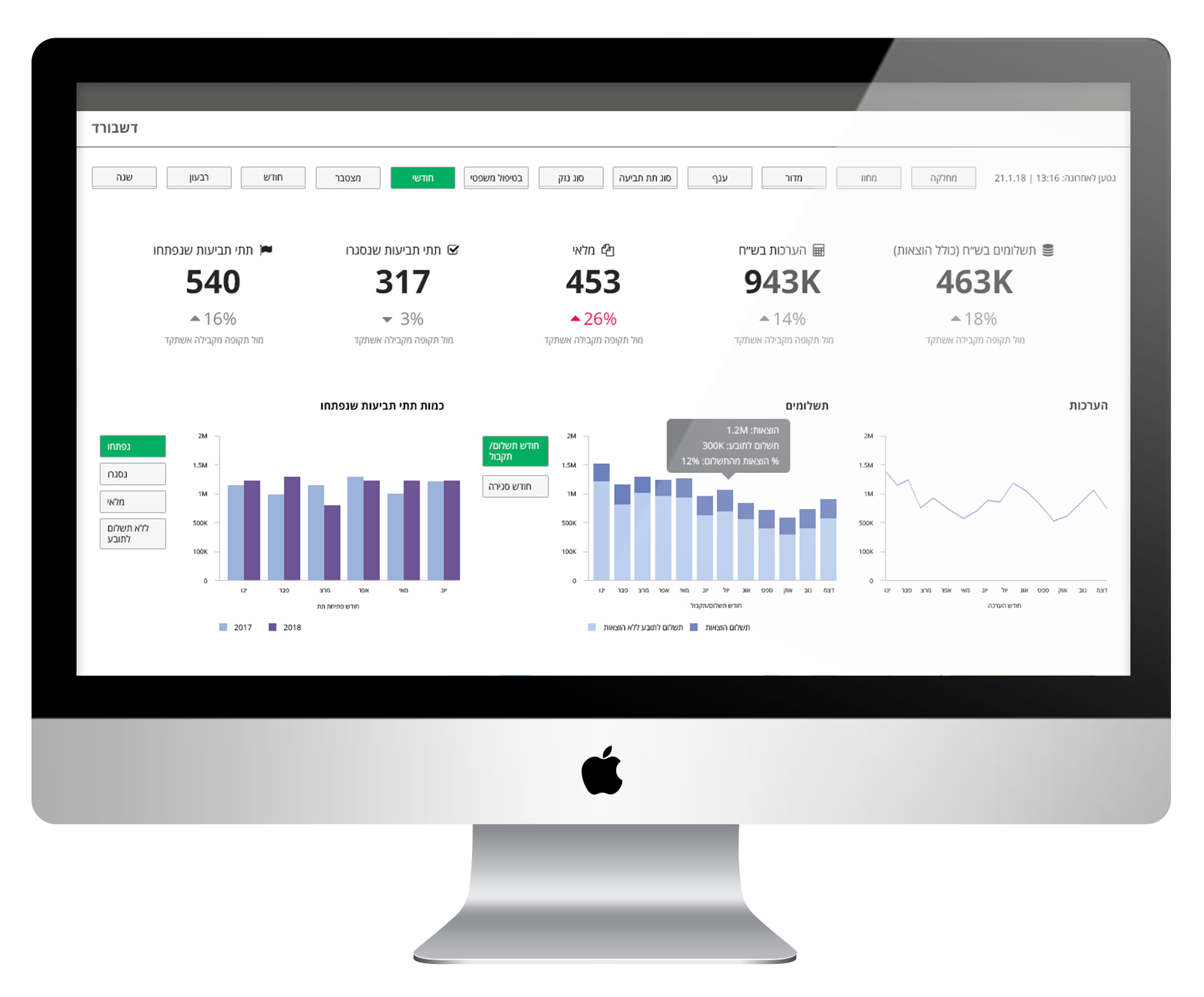
In addition to the usual challenges of BI—arranging a large amount of information on a limited area, choosing the object that best addresses the problem in question, building the right flow for the analyst, etc—I was tasked with learning a new world of terminology that was totally unfamiliar. Luckily, I was working as one part of a larger team, built by the insurance company I was contracted to, and my co-workers were willing to educate me in how best to serve them.
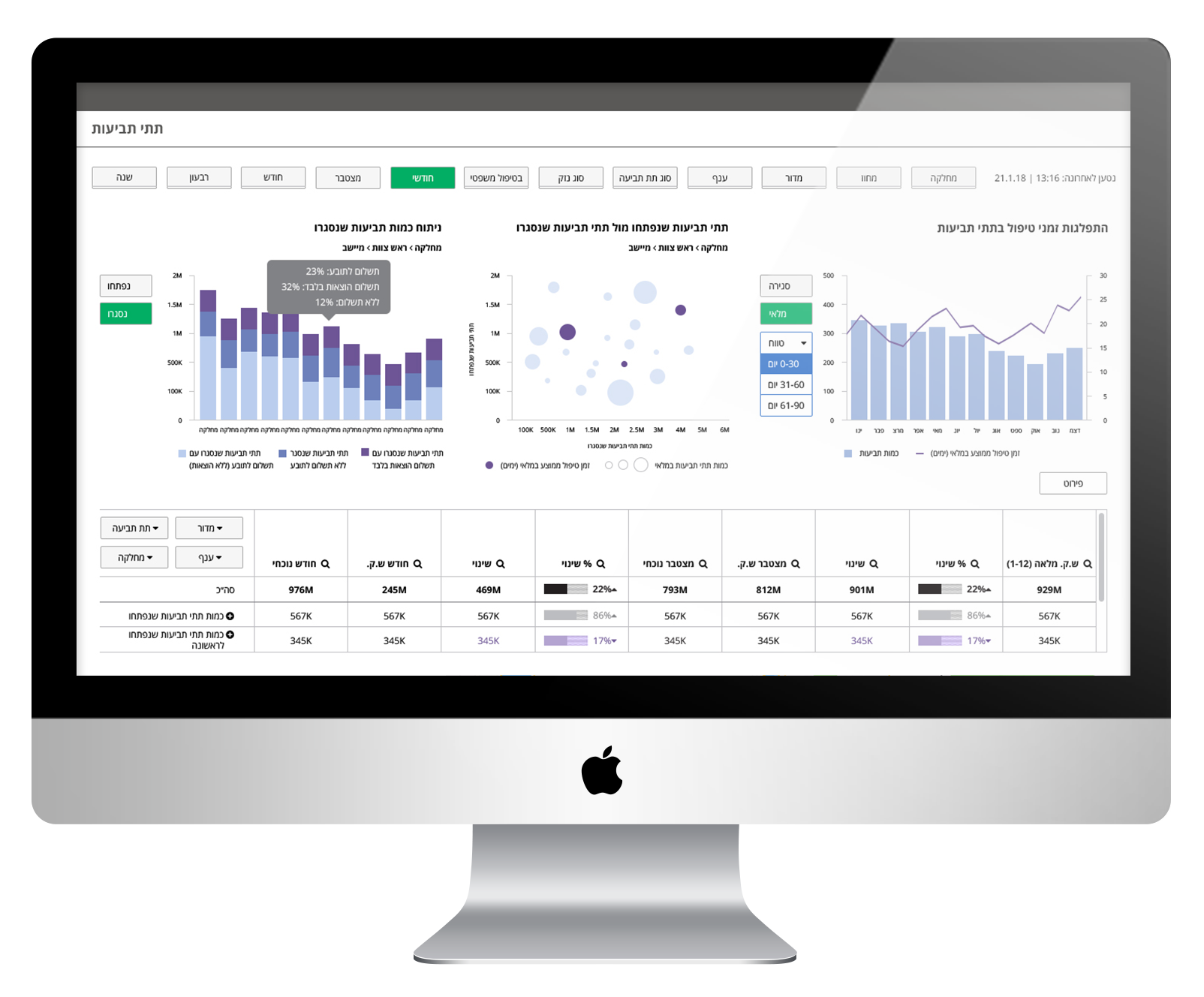
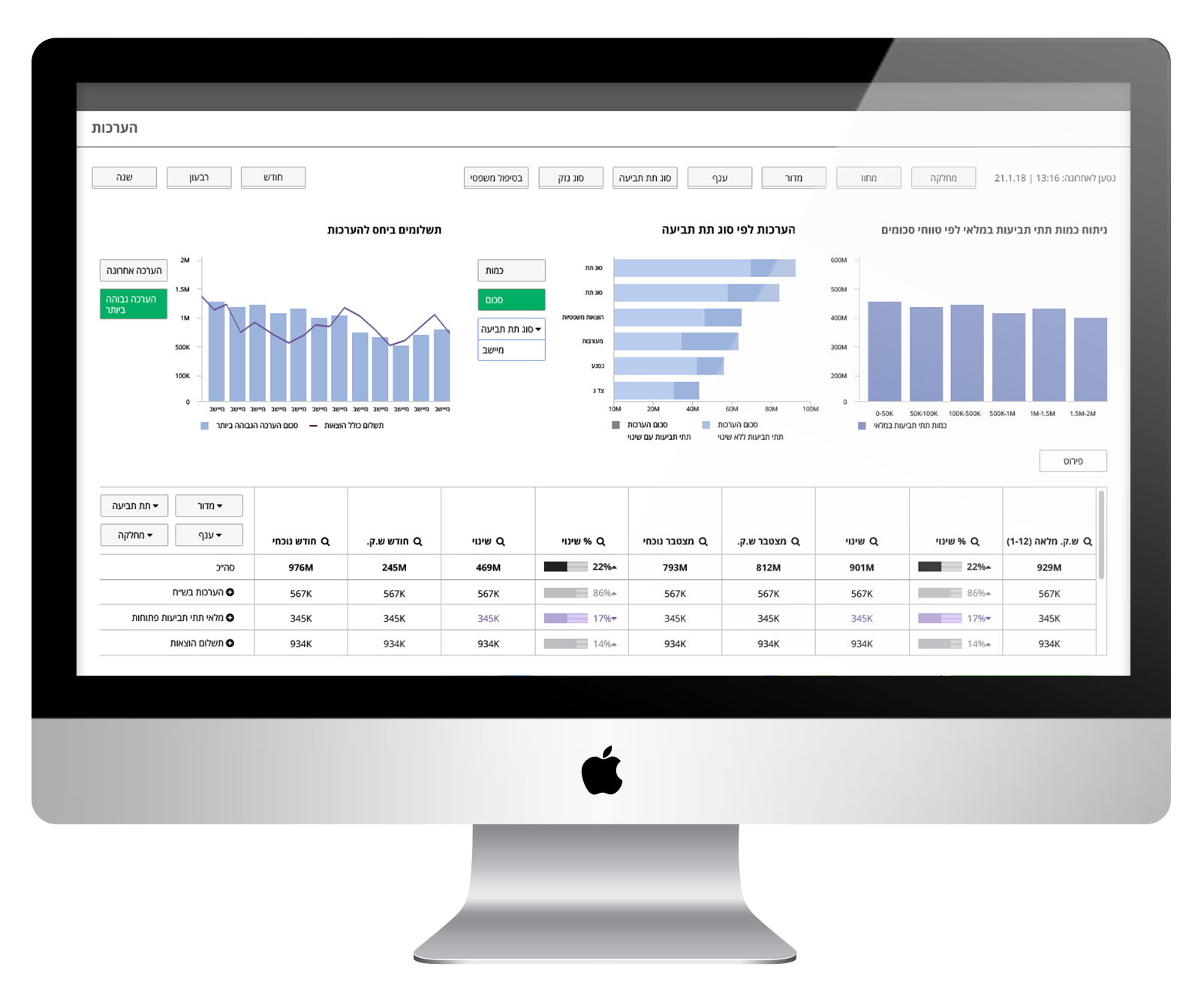
The model we developed is, mathematically, very complex; additionally, the platform it was built on (QlikSense) has some very strict design limitations—mostly the result of overloaded feed channels, clogged by unnecessary data and graphic objects. Qlik’s back-end engineers offered a few conservative options for improvement, but these restrained my intended UX/UI vision. For these reasons, it was very important for me to work with a suitable BI developer who could test my solution on-line and immediately give feedback acceptable to the client.
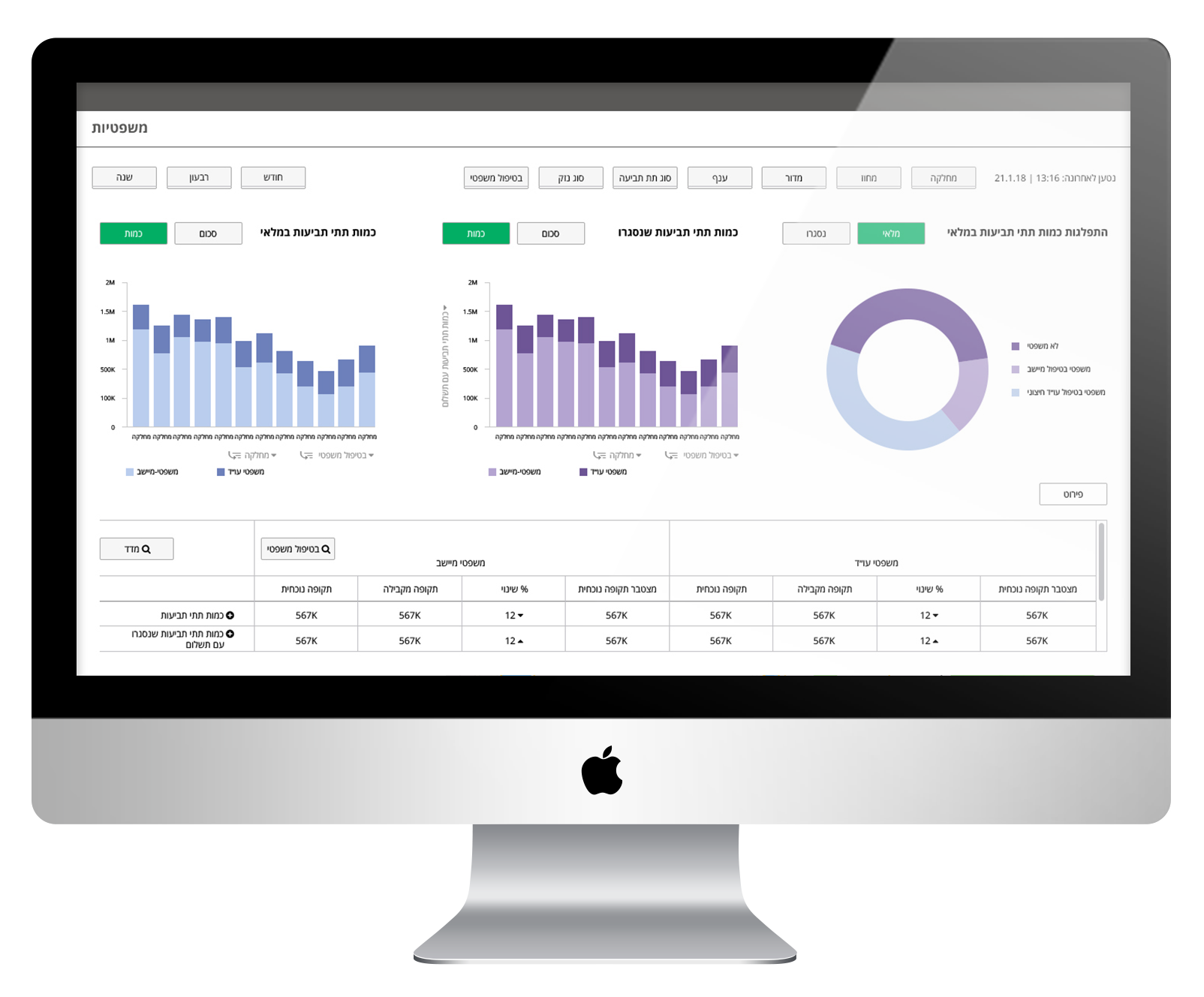
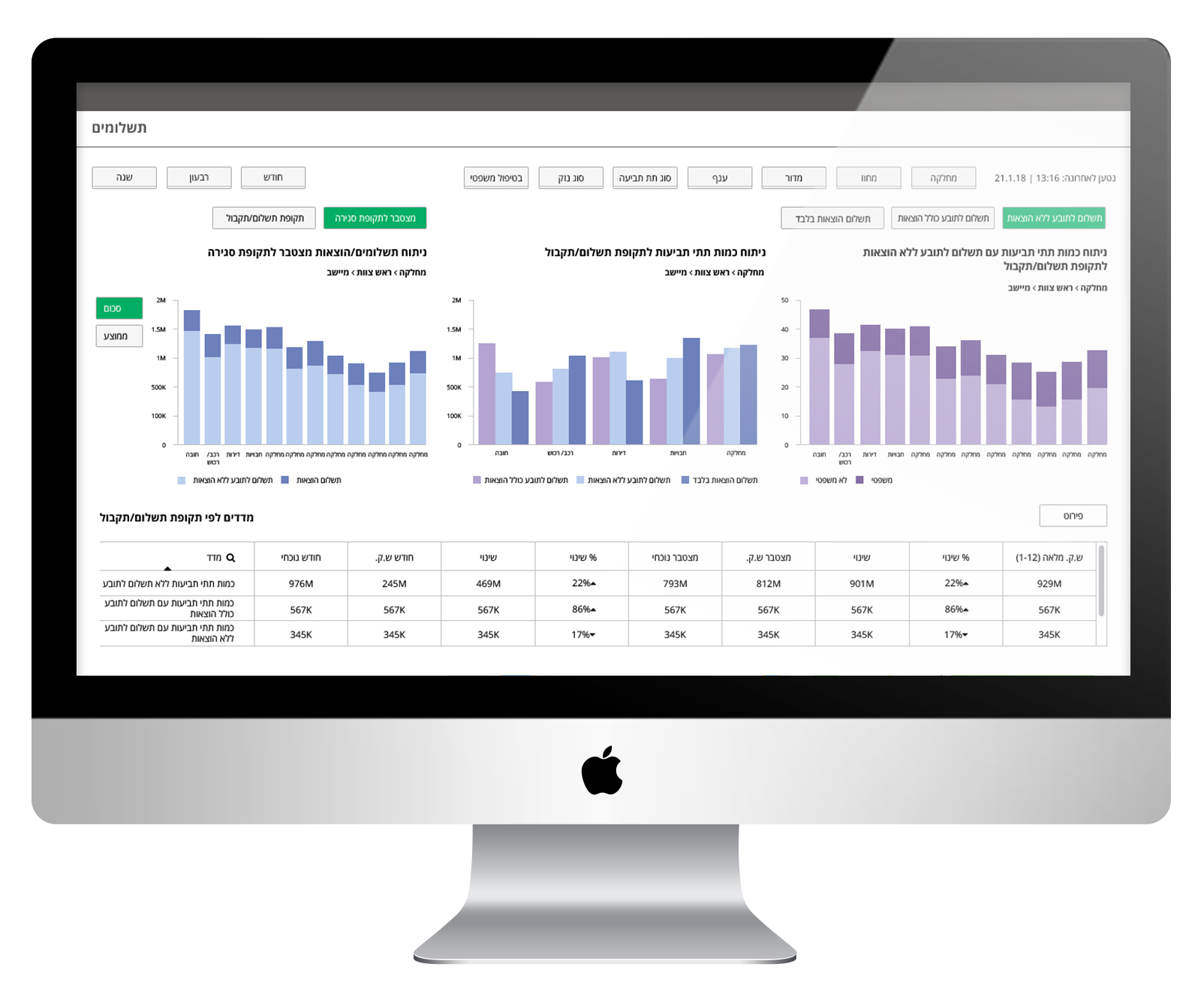
We were working directly with the users. They knew exactly what they wanted, which made the working process very effective and focused. Through this process, I learned about the work-flow of an insurance corporation, and how it’s actually not that different from what I do: they simply have different names for the concepts I have learned as a UX/UI designer. Where I experiment with ideas and choose the one that will best find itself on-line some day, they sort out catastrophes, and pay for those who are found eligible.
